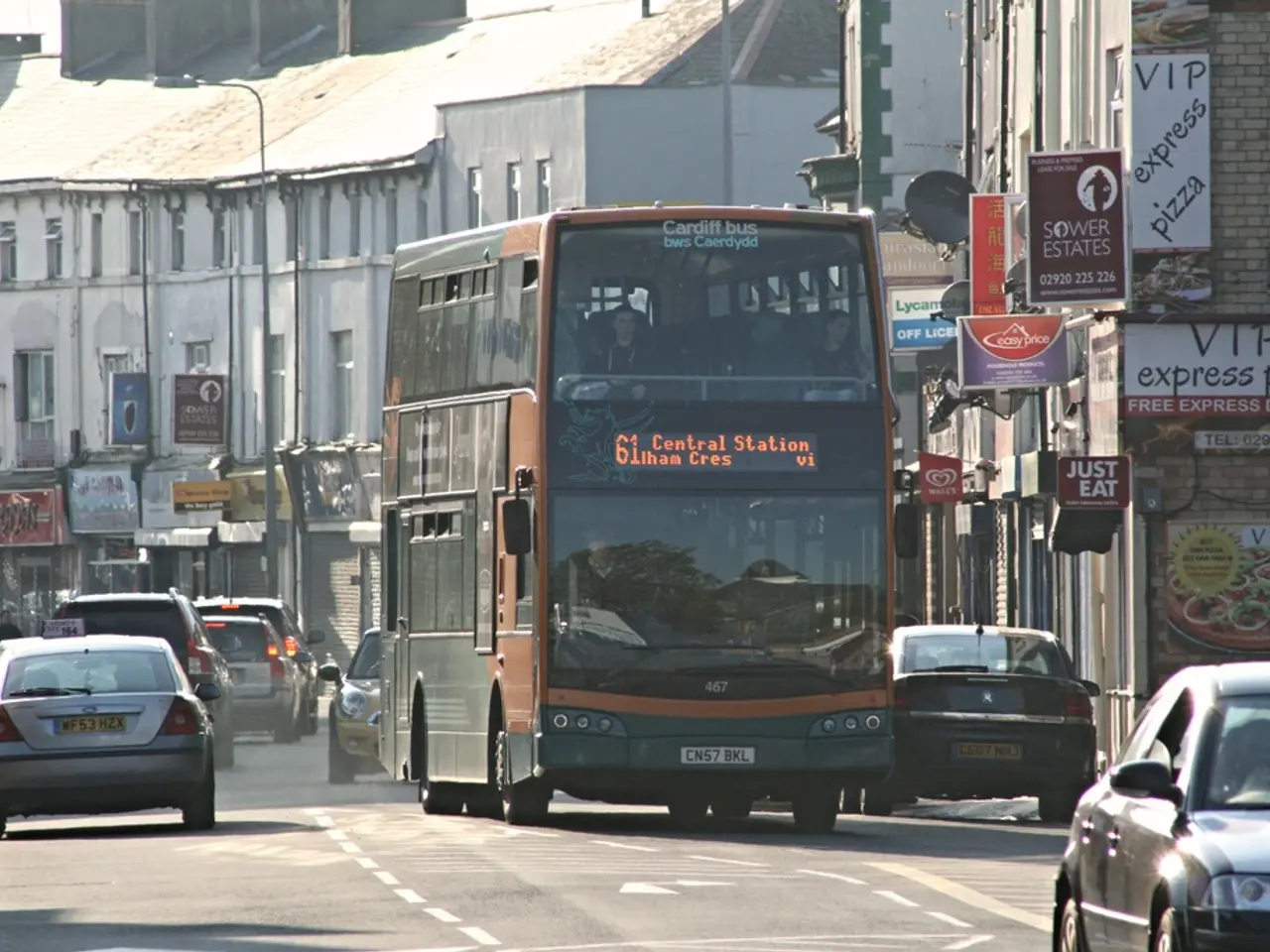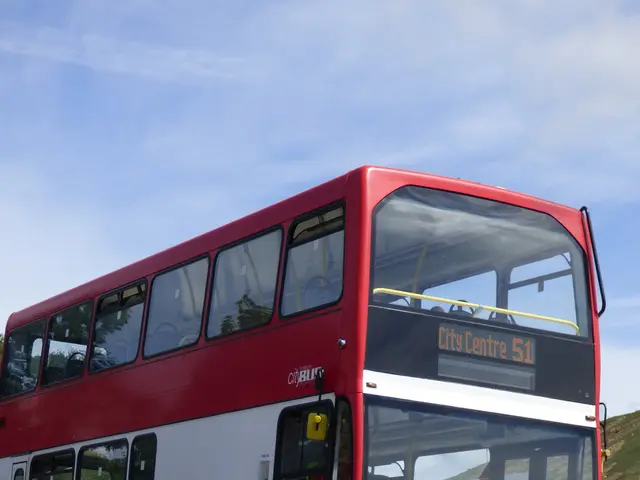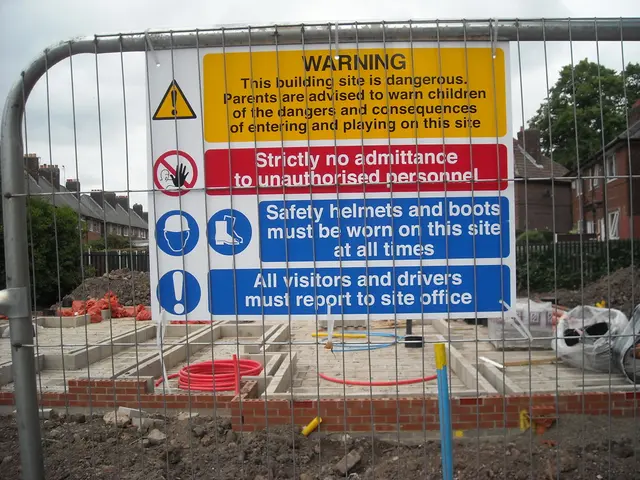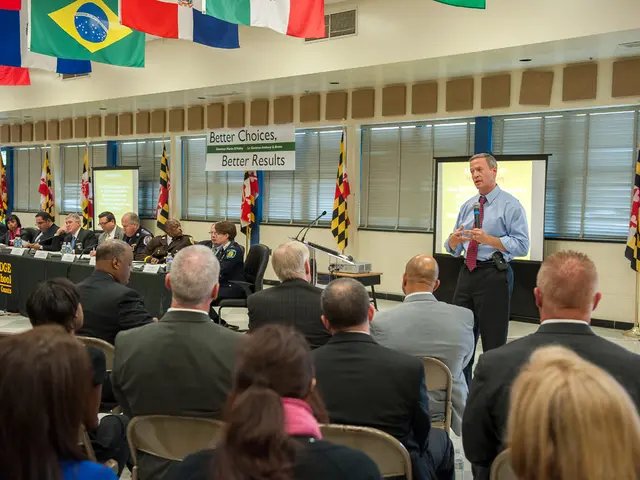Berlin’s ‘Rename?!’ Exhibition Uncovers a Century of Power Through Street Names
An intriguing exhibition, 'Rename?!', currently at the Marzahn-Hellersdorf District Museum, delves into a century of authoritarian power dynamics through the lens of street renaming in Berlin's outskirts. The display explores how ideologies shape public spaces and how regimes assert dominance through signage and maps.
The exhibition is structured into four distinct chapters: Incorporation, Nazism, the GDR, and Reunification. Each era showcases its unique renamings, erasures, and heroes, reflecting the prevailing ideologies of the time. Local authorities, namely the district’s administrative bodies, decide which streets are named after famous personalities, with historical and ideological considerations guiding their choices. The museum retains a didactic character, encouraging learning and reflection rather than contradiction.
The exhibition, however, raises questions left unanswered. It illustrates street renamings as a tool of power but does not address who gets to narrate history. Moreover, it repeats a flaw of history by not incorporating the voices of current residents in its format. Marzahn-Hellersdorf serves as an ideal case study due to its rich history of renamings and transformations.
The 'Rename?!' exhibition at the Marzahn-Hellersdorf District Museum offers a captivating exploration of how authoritarian regimes have shaped Berlin's outskirts through street renamings. While it raises important questions about power and historical narrative, it falls short in providing a platform for contemporary voices. The exhibition stands as a testament to the enduring impact of ideologies on public spaces and the ongoing debate surrounding Germany's politics of memory.
Read also:
- American teenagers taking up farming roles previously filled by immigrants, a concept revisited from 1965's labor market shift.
- Weekly affairs in the German Federal Parliament (Bundestag)
- Landslide claims seven lives, injures six individuals while they work to restore a water channel in the northern region of Pakistan
- Escalating conflict in Sudan has prompted the United Nations to announce a critical gender crisis, highlighting the disproportionate impact of the ongoing violence on women and girls.






